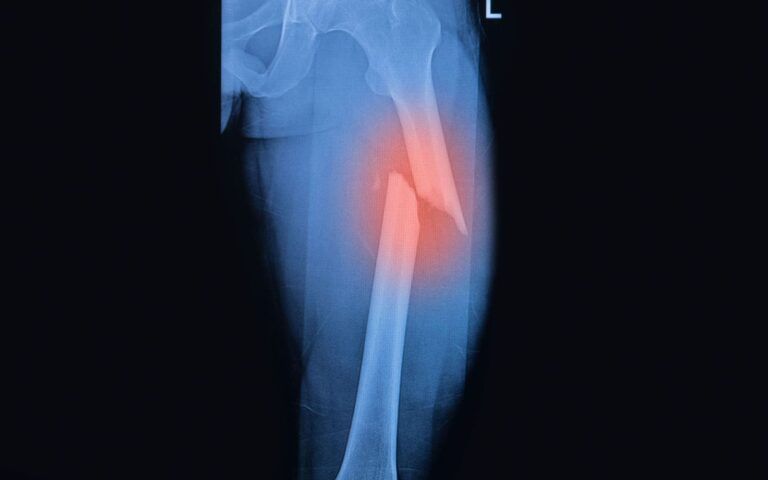Femoral Fractures: Treating One Of Childhoods Most Common Bone Injuries

The femur is the most prominent bone in the body, making standing and walking possible. Femur fractures occur when the thighbone comes under significant force. When these types of fractures occur in children, it’s essential to seek medical care immediately, as it’s crucial to try and protect it from damage. At our orthopedic clinic, we can work with you to treat your child’s broken femur and help it heal back in place.
How Do Femoral Fractures Occur in Children? How Are They Treated?
Femoral fractures also called femur shaft fractures or broken thighbone, are more common in children than adults. This is because children’s femurs are still growing, so the bones are softer and more malleable to damage. As the bone grows, the bones develop growth plates at the ends of each bone made up of cartilage. These growth plates add length and width to the bone; as they grow, they harden.
Because the growth plates are weaker than solid bone, they’re more likely to get injured, causing growth plate fractures. However, the femur bones can also get fractured in very severe cases. Overall, femoral fractures can occur in various places depending on the type of injury, including:
- Proximal Femur Fracture: Also known as a hip fracture, this type of fracture occurs as a break in the upper part of the thighbone near the hip joint.
- Femoral Shaft Fracture: These fractures are breaks in the middle of the bone and almost always require treatment in the operating room.
- Supracondylar Femur Fracture: This type of the fracture causes a break above the knee joint and often occurs when force is placed on the leg above the knee.
- Distal Femur Fracture: The distal femur fracture happens on the top part of the knee joint and can extend into the knee joint. If untreated, it can disturb the cartilage and growth plate of the knee and requires surgical intervention to realign the bones properly.
So, what causes these fractures to occur? These bones tend to break when more force is applied than the bone can absorb. In children, that absorption rate is lower than in adults because their bones are still developing. Most childhood femur breaks tend to happen for these reasons:
- Sports Injuries: Playing sports such as football, soccer, or basketball can easily lead to femur fractures and are considered the most common reason for fractures among children.
- Falling: Another common reason is falling from stairs, or off jungle gyms can cause fractures in children, especially toddlers, and preteens.
- Moderate to Severe Trauma: In rarer cases, car accidents and severe contact sports injuries can cause trauma to the leg, causing middle bone and knee fractures.
Visit Space Coast Orthopedics For Broken Leg Care
As orthopedists, treating the femoral fracture depends on the type of fracture present. In most cases, a closed reduction procedure can reset the fracture back in place, and then the leg will be placed in a cast to hold the bone in place as it heals. In more severe cases, surgical options can help treat the broken femur. If you want to learn more about how femoral fractures are treated, visit Space Coast Orthopedics today and schedule an appointment!


Recent Comments